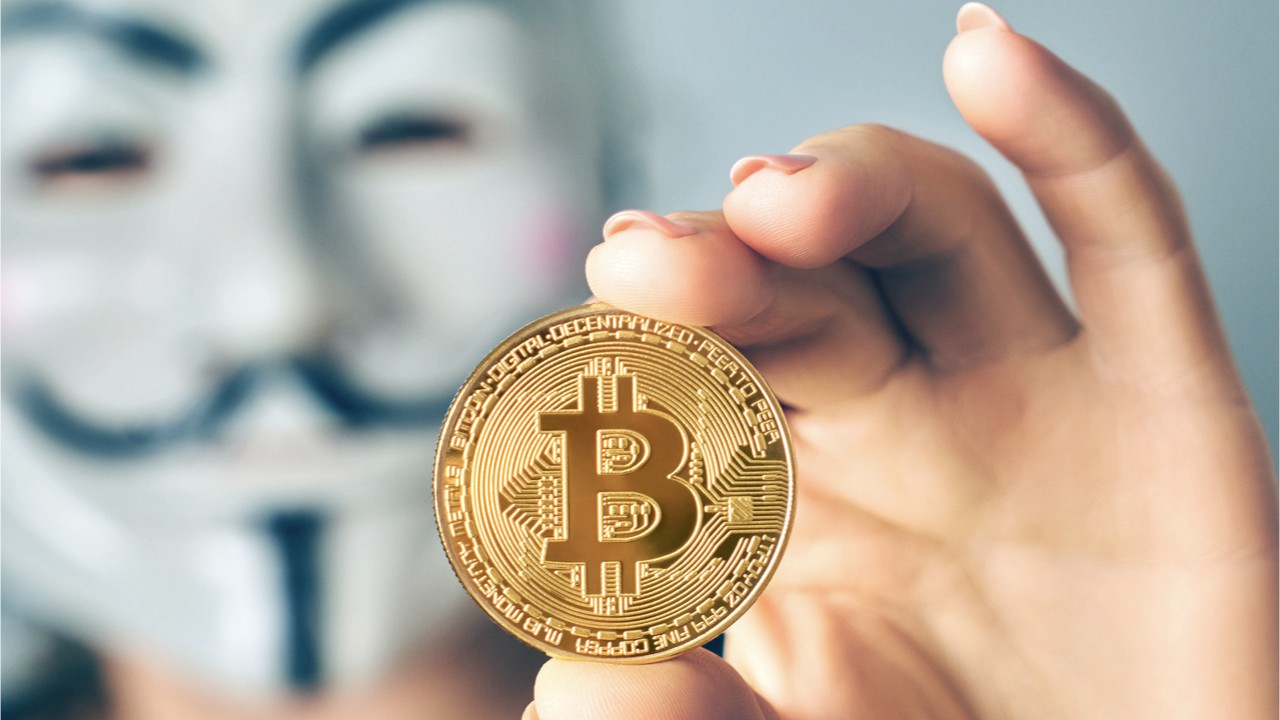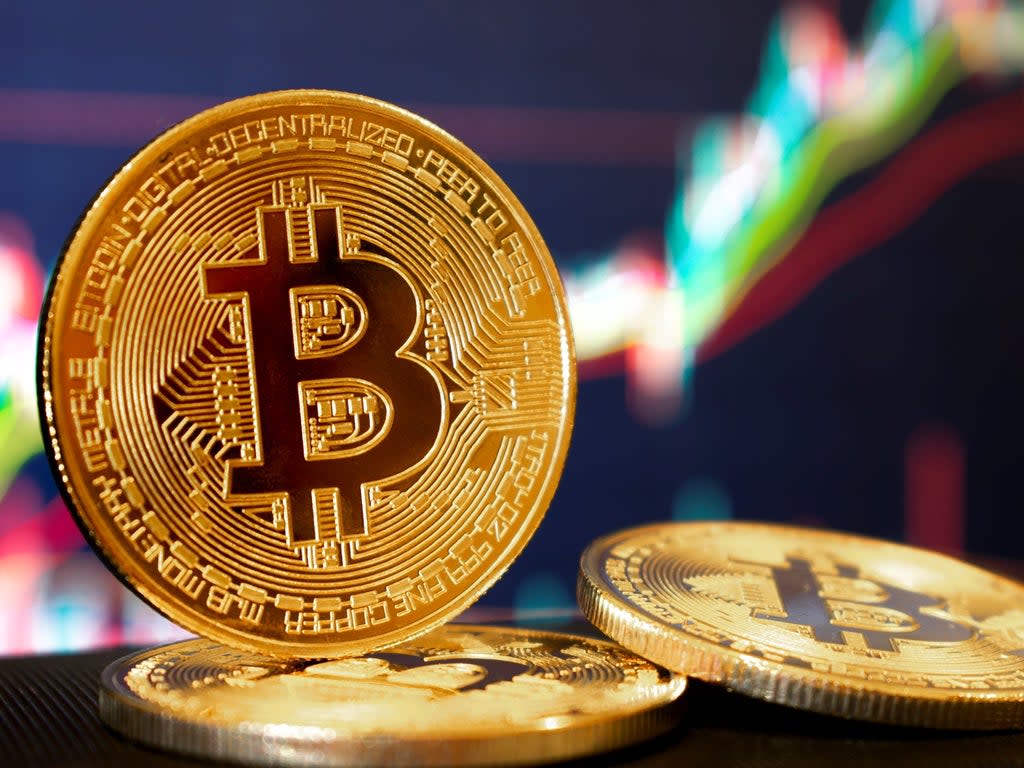
From Pandemic Payout to Tariff Talk: Where a $1,200 Bitcoin Bet Stands Today
The year 2020 marked a confluence of financial history, psychological stress, and speculative fervor. As the world locked down, governments issued unprecedented liquidity injections to households. The first major wave of these payments—the $1,200 COVID stimulus check—became a defining symbol of that era. Tariff Talk
Fast forward to the present, and the financial landscape is once again dominated by a unique and politically charged economic policy: the “Trump Tariff Stimmy”. This term, circulating in the financial media, links the potential proceeds from the administration’s aggressive new tariffs to a possible future dividend for citizens.
This convergence raises a powerful, speculative question: What is the return on the first economic shock absorber (the $1,200 check) if it had been channeled into the highest-performing asset of that period, Bitcoin? And what can that astonishing return tell us about the future of capital under the looming shadow of the “Tariff Stimmy”?

The $1,200 Question: A Retrospective on Pandemic Profits
In the spring of 2020, as the initial $1,200 Economic Impact Payment arrived, Bitcoin (BTC) was trading at a remarkably low level relative to its subsequent peak. Many citizens used the funds to cover necessities, but a notable portion of this “helicopter money” found its way into high-risk, high-reward assets like the nascent crypto market.
The Power of Asymmetric Returns Tariff Talk
To calculate the hypothetical value of that initial investment, we must pinpoint the average price of Bitcoin around the time the first wave of checks was distributed (mid-April 2020).
- Initial Investment: $1,200
- Approximate BTC Price (April 2020): ∼ $7,000 per BTC
- BTC Acquired: 1,200/$7,000≈0.1714 BTC
Assuming an average Bitcoin price today, in October 2025, of approximately $121,778 (as cited in recent reports):
| Investment Detail | April 2020 | October 2025 | Return Multiple |
| Initial Cash | $1,200 | – | – |
| BTC Amount | ∼ 0.1714 BTC | ∼ 0.1714 BTC | – |
| Current Value | – | ∼ $20,878 | ∼ 17.4x |
The Featured Snippet Answer: A $1,200 COVID stimulus check invested entirely in Bitcoin in April 2020, when BTC was trading around $7,000, would be worth approximately $20,878 today, as of October 2025 (assuming a BTC price of $121,778). This remarkable return of roughly 17.4 times the original principal highlights the immense, asymmetric upside realized by retail investors who used stimulus funds for high-risk speculation.
The staggering return of over 1,600% illustrates the defining narrative of that period: the confluence of unprecedented fiat currency creation and the rising adoption of a scarce, digital asset. It was a clear-cut victory for the “digital gold” thesis, fueled by highly liquid retail capital.
The ‘Tariff Stimmy’ Concept: A New Source of Speculative Capital? Tariff Talk
The current market is pivoting from stimulus checks to a new, highly unconventional source of potential household cash flow: tariff revenue. The term “Trump Tariff Stimmy” is media shorthand for the proposal to distribute revenues generated from the administration’s sweeping new import tariffs directly back to American citizens.
Defining the New Economic Tool Tariff Talk
Tariffs, at their core, are taxes on imported goods, paid by domestic importers to the U.S. government. Economists widely agree that these costs are largely passed on to consumers through higher prices, making them a regressive tax in practice.
However, the administration has enacted a series of steep duties, including a universal 10% tariff on nearly all imports, under the International Emergency Economic Powers Act (IEEPA), pushing the average U.S. tariff rate to levels not seen in over a century.
- Tariff Revenue Projection: Recent models suggest that the imposed tariffs could generate hundreds of billions of dollars in federal tax revenue annually.
- The Dividend Proposal: The “Tariff Stimmy” concept proposes recycling this revenue into some form of payment or tax relief for American households, effectively turning a trade tax into a household dividend.
The Macroeconomic Precedent and its Crypto Impact
The key comparison lies in the behavioral economics of the previous stimulus: research from 2021 showed that when household budgetary constraints are suddenly relaxed—as with stimulus checks—there is an observable tendency for increased financial risk-taking. A portion of that disposable income flowed directly into crypto, igniting the 2021 bull market.
If a “Tariff Stimmy” materializes, even in the form of a modest tax credit, it could:
- Re-ignite Retail Speculation: Provide a fresh, dedicated source of “risk-on” capital for the crypto market.
- Bolster the Inflation Hedge Narrative: Tariffs are inherently inflationary, as they raise the cost of imported goods. If this policy contributes to sustained inflation, it strengthens the core thesis for Bitcoin as a hedge against fiat currency devaluation.
Tariffs and the Crypto Volatility Paradox Tariff Talk
While a “Tariff Stimmy” offers the upside of new retail capital, the underlying tariff policy itself introduces significant and immediate market turbulence. The crypto market, despite its long-term, anti-fiat narrative, has proven highly sensitive to the short-term macroeconomic uncertainty created by trade wars.
Short-Term Headwinds (The Risk-Off Reaction)
Since the announcement and implementation of the new tariffs in early 2025, financial markets have experienced jolts of volatility.
- Equity Correlation: In the short term, Bitcoin often trades as a risk asset, correlating with traditional markets like the S&P 500 and Nasdaq. When tariff fears trigger broader equity sell-offs and recession concerns, Bitcoin tends to decline alongside them. This was evident in the immediate market downturn seen after the IEEPA tariff announcements earlier this year.
- Cost of Mining Hardware: The tariffs, especially those targeting electronics and semiconductors from Asia, directly impact the cost of imported ASICs and other mining hardware. This can squeeze the profit margins of U.S. Bitcoin miners, potentially forcing some to sell BTC or relocate their operations, creating minor supply pressure.
- Dollar Strength: Tariffs can, counterintuitively, strengthen the U.S. dollar in the short term as global trade flows adjust. Since Bitcoin often exhibits an inverse relationship with the dollar, this strength can put temporary downward pressure on BTC price.

Long-Term Tailwinds (The Digital Gold Decoupling)
However, macro analysts point to a crucial long-term decoupling driven by the same policy:
- The Stagflation Scenario: If tariffs successfully restrict trade and raise domestic costs without corresponding increases in productivity, the result could be a period of stagflation (high inflation + weak growth). In this environment, assets that are genuinely scarce and outside of the traditional financial system, like Bitcoin, could prove to be one of the few places for wealth preservation.
- Global De-Dollarization: Trade conflicts and aggressive tariff use accelerate the trend of nations seeking alternatives to U.S. dollar-based trade. This benefits not only gold but also digital assets and stablecoins, which offer censorship-resistant, borderless payment rails for international commerce.
The Investor’s Takeaway: Positioning for the Next Liquidity Wave
The story of the $1,200 check is a lesson in the immense potential of a small, well-timed investment. The emergence of the “Tariff Stimmy” narrative is a fresh reminder that unique, politically generated liquidity events can disproportionately affect the crypto market.
For the modern investor, the key is to recognize that the new tariff regime acts as a dual-edged sword:
| Risk Factor | Opportunity | Investment Strategy |
| Short-Term Volatility (Tariff News) | Creates sharp, high-volume price dips. | Use Dollar-Cost Averaging (DCA) to accumulate high-conviction assets (BTC, ETH) during dips. |
| Long-Term Inflation (Tariff Costs) | Reinforces Bitcoin’s digital gold/scarcity narrative. | Maintain a core allocation to Bitcoin as a hedge against fiat devaluation. |
| “Tariff Stimmy” (Potential Dividend) | Represents a fresh wave of retail-driven liquidity. | Position early in promising altcoin sectors (AI, DePIN) that typically benefit most from retail inflows during a cycle peak. |
Ultimately, whether the next wave of capital comes from tariff-generated dividends or simply a continued erosion of faith in fiat, the underlying dynamic remains the same: the digital asset market offers a potent, asymmetric alternative to traditional, centrally controlled finance. The current political climate, defined by tariffs and protectionism, may create short-term market noise, but it strongly validates the long-term utility of borderless, decentralized value.
FAQ: Understanding the Stimulus-to-Tariff Nexus
Q: How did the COVID stimulus checks affect the crypto market? A: The stimulus checks significantly boosted the crypto market by injecting massive amounts of disposable income into retail investor accounts. This “helicopter money” relaxed financial constraints, leading to a demonstrable increase in high-risk speculation and contributing directly to the beginning of the 2020-2021 bull run.
Q: Is the “Trump Tariff Stimmy” a guaranteed payment? A: No. The “Tariff Stimmy” is a speculative media term referring to a proposal to use federal revenue generated by the new import tariffs for household tax relief or payments. Its implementation is not guaranteed and is subject to political debate, economic feasibility, and ongoing legal challenges to the tariff framework. Tariff Talk
Q: Will the new U.S. tariffs directly tax cryptocurrencies? A: No. Tariffs are taxes on imported physical goods. Cryptocurrencies, being digital and borderless, are not subject to these import duties. The impact on crypto is indirect, primarily through macroeconomic effects like increased inflation, market uncertainty, and higher costs for imported mining hardware.
Q: Should I invest money from any future dividend into Bitcoin? A: Any investment, especially in volatile assets like Bitcoin, carries significant risk. While the historical returns from the 2020 stimulus were extraordinary, past performance does not guarantee future results. Investors should only allocate capital they can afford to lose, as crypto remains a highly volatile asset class. Tariff Talk
Read more articles Click Here.


